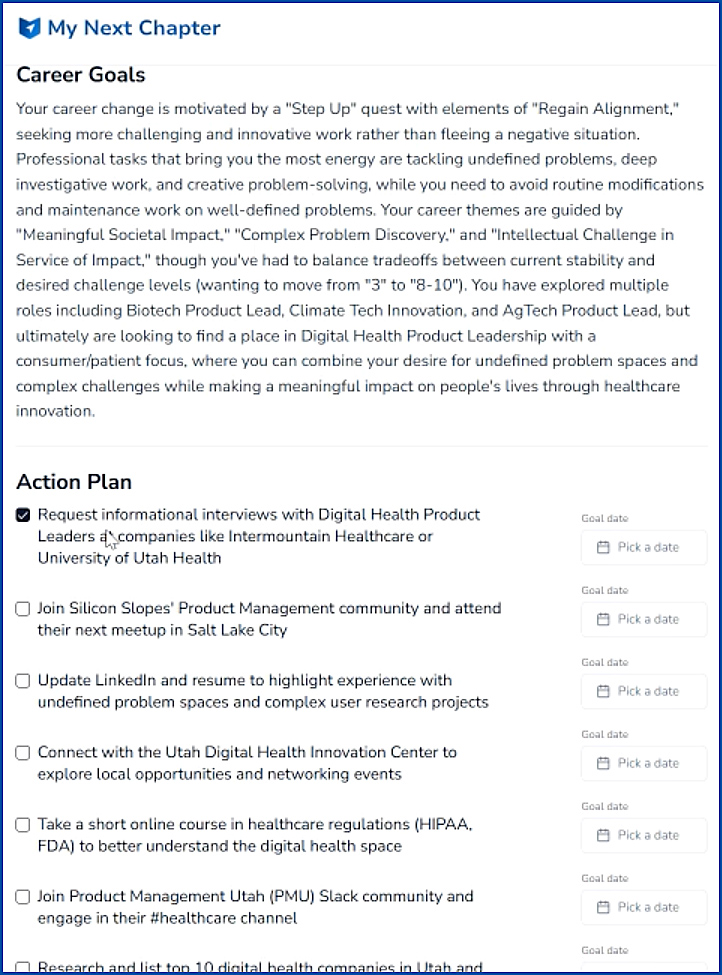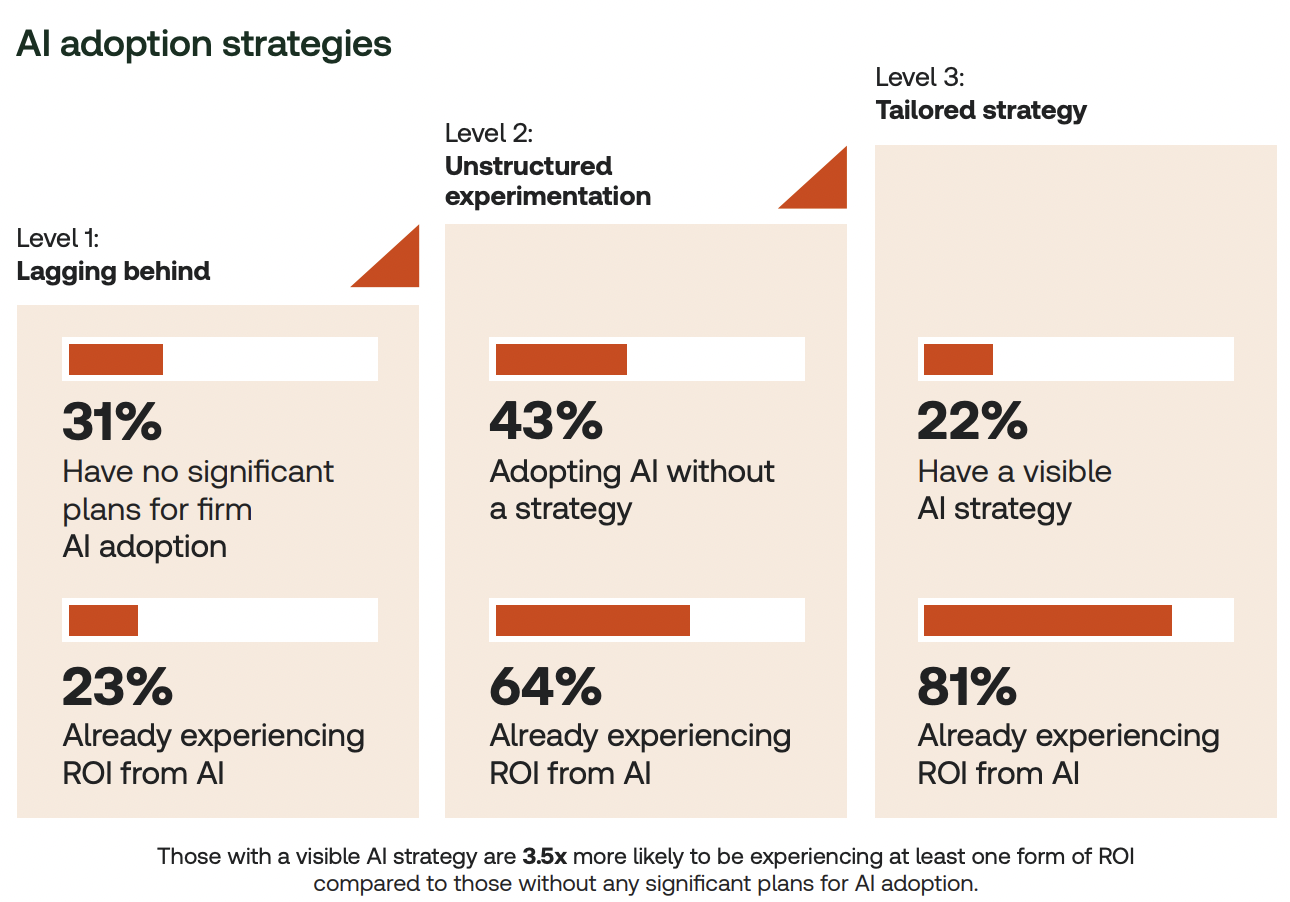From DSC:
Forgive us world for our current President, who stoops to a new low almost every day. Below is yet another example of that. He’s an embarrassment to me and to many others in our nation. He twists truths into lies, and lies into “truths” (such as he does on “Truth” Social). Lies are his native tongue. (To those who know scripture, this is an enlightening and descriptive statement.)
And speaking of matters of faith, I think God is watching us closely, as numerous moral/ethical tests are presented to our society and to our culture. How will we and our leadership respond to these tests?
For examples:
- Are we joining the mockery of justice in our country, or are we fighting against these developments?
- Do we support it when Trump makes a fake video of a former President, or do we find it reprehensible? Especially when we realize it’s yet another attempt at deflecting our attention away from where Trump does NOT want our attention to be –> i.e., away from Trump’s place within the Epstein files.
Trump Posts Fake Video Showing Obama Arrest — from nytimes.com by Matthew Mpoke Bigg; this is a gifted article
President Trump shared what appeared to be an A.I.-generated video of former President Barack Obama being detained in the Oval Office.
President Trump reposted a fake video showing former President Barack Obama being arrested in the Oval Office, as Trump administration officials continue to accuse Mr. Obama of trying to harm Mr. Trump’s campaign during the 2016 election, and the president seeks to redirect conversation from the Epstein files.
The short video, which appears to have been generated by artificial intelligence and posted on TikTok before being reposted on Mr. Trump’s Truth Social account on Sunday…
The fake video purports to show F.B.I. agents bursting into the meeting, pushing Mr. Obama into a kneeling position and putting him in handcuffs as Mr. Trump looks on smiling, while the song “Y.M.C.A.” by the Village People plays. Later, the fake video shows Mr. Obama in an orange jumpsuit pacing in a cell.
Also relevant/see:
Trump Talks About Anything but Epstein on His Social Media Account — from nytimes.com by Luke Broadwater; this is a gifted article
On Truth Social, the president railed against Democrats and shared a wacky video.
Dogged for weeks over his administration’s refusal to release the Epstein files, President Trump spent the weekend posting on social media about, well, anything else.
On Sunday, the president railed against Senator Adam Schiff, Democrat of California, long a prime target. He attacked Samantha Power, the former administrator of U.S.A.I.D. He posted a fake video of former President Barack Obama being arrested and a fake photo of Mr. Obama and members of his administration in prison garb. He threatened to derail a deal for a new football stadium for the Washington Commanders if the team did not take back its old name, the Redskins.













